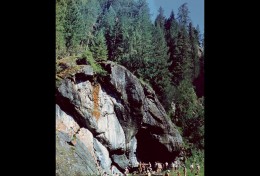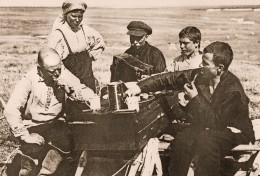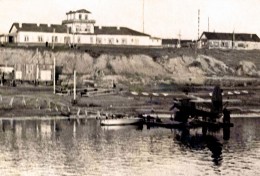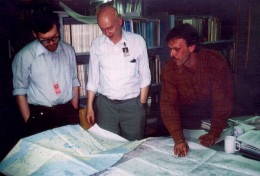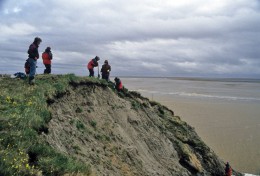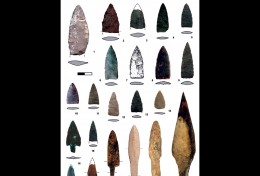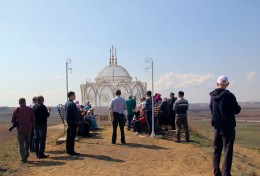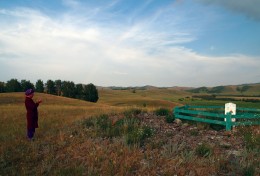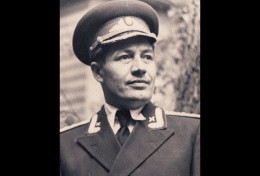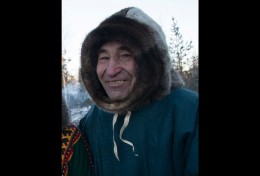Issue 4 (85)
| FIGHTING A “MONSTROUS AND INHUMAN RACE”: THE 16TH–18TH CENTURY WESTERN WRITERS ON THE WARS OF THE CRIMEAN KHANATE | |||
|---|---|---|---|
| Year | 2024 | Number | 4(85) |
| Pages | 6-14 | Type | scientific article |
| UDC | 94 (477.75)“15/17” | BBK | 63.3(2)43-94 |
| Authors | Khrapunov Nikita I. |
Topic | ANTHROPOLOGY OF WAR IN THE MIDDLE AGE AND MODERN TIMES |
| Summary | The paper discusses the image of the Crimean Khanate’s army, its traditional tactics, doings in campaigns, and the attitude to the prisoners of war in the works of the Western authors from the Early Modern Period. Although the Crimean Khanate’s warfare has been studied by the scholarship, its imagological aspect remains obscure. The given research has revealed various sides of the otherness to become stereotypes in “European” texts. The writers in question added the letters to the ethnonym Ta(r)tars to emphasise the parallel with the underworld, Tartarus. The khan’s army was perceived as the apocalyptic comers from Hell. The Mongoloid appearance of the Nogais was considered an “opposition to Christian being” and a result of peculiarities of child development. “Europeans” underlined the effectiveness of light cavalry equipped with primitive weapons, but perfectly adapted to the environmental conditions of the steppe. Stressing the Ta(r)tar otherness, they went so far as to claim that they entered a battle unarmed. From the very childhood, Crimean warriors were accustomed to campaigns and battles, scarce exotic food, and harsh natural conditions. According to the “Europeans”, the Crimean army not only practised “unconventional” ways of battling, but also had severe discipline. Explaining the successes of the khan’s army, some writers greatly exaggerated its numbers. A special motif was the description of the suffering of the captives, who constituted the main trophy of the Ta(r)tars; the latter developed an effective system of getting, transportation, distribution, pricing, selling, and use of the “live goods”. | ||
| Keywords | Crimean Khanate, Crimean Tatars, Crimea, travelogues, image of the enemy, historical imagology | ||
| References |
Braund D. Herodotus’ Spartan Scythians. Pontus and the Outside World: Studies in Black Sea History, Historiography, and Archaeology. Leiden; Boston: Brill Publ., 2004, pp. 25–41. (in English). Filyushkin A. I. Izobretaya pervuyu voynu Rossii i Yevropy. Baltiyskiye voyny vtoroy poloviny XVI v. Glazami sovremennikov i potomkov [Inventing the First War of Russia and Europe. Baltic Wars of the Second Half of the 16th Century as Viewed by Contemporaries and Descendants]. Saint Petersburg: Dmitriy Bulanin Publ., 2013. (in Russ.). Istoriya krymskikh tatar [The History of Crimean Tatars]. Kazan: Institut istorii im. Sh. Mardzhani AN RT Publ., 2021, vol. 3. (in Russ.). Jankowski H. A Historical-Etymological Dictionary of Pre-Russian Habitation Names of the Crimea. Leiden; Boston: Brill Publ., 2006. (in English). Kardini F. Yevropa i islam. Istoriya neponimaniya [Europe and Islam. The History of Misunderstanding]. Saint Petersburg: Alexandria Publ., 2016. (in Russ.). Khrapunov N. I. [Central Asia in the Western Imagination in the 18th Century]. Tsentral’naya Aziya na perekrestke yevropeyskikh i aziatskikh politicheskikh interesov: XVIII–XIX vv. [Central Asia at the Intersection of European and Asian Political Interests: 18th–19th Centuries]. Moscow: OntoPrint Publ., 2020, pp. 143–163. (in Russ.). Khrapunov N. I. [Crimean Khan Has Left for the War: Baron François de Tott on the Last Raid of the Tatars on Russia in 1769]. Frantsuzskiy yezhegodnik [Annual of French Studies], 2023, vol. 56, pp. 36–53. DOI: 10.32608/0235-4349-2023-1-56-36-53 (in Russ.). Khrapunov N. I. [Representations about the Crimean Khanate in Western and Central Europe in the Mid-15th –Third Quarter of the 18th Century]. Istoriya krymskikh tatar [The History of Crimean Tatars]. Kazan: Institut istorii im. Sh. Mardzhani AN RT Publ., 2021, vol. 3, pp. 822–828. (in Russ.). Khrapunov N. I. [Travelogues]. Istoriya krymskikh tatar [The History of Crimean Tatars]. Kazan: Institut istorii im. Sh. Mardzhani AN RT Publ., 2021, vol. 3, pp. 36–40. (in Russ.). Khrapunov N. I., Khrapunova S. N. [Notes of John Smith as a Source for the Crimean Khanate History in the Early 17th Century]. Zolotoordynskoye obozreniye [Golden Horde Review], 2015, no. 4, pp. 151–168. (in Russ.). Konkin D. V. [On the Problem of the Population of the Crimea in the Late Eighteenth and Early Nineteenth Centuries and the First Wave of the Crimean Tatar Emigration]. Materialy po arkheologii, istorii i etnografii Tavrii [Materials in Archaeology, History and Ethnography of Tauria], 2022, vol. 27, pp. 628–647. DOI: 10.29039/2413-189X.2022.27.628-647 (in Russ.). Kozlov A. S. [Place of the “Account of the Huns” in Ammianus Marcellinus’ Res Gestae]. Antichnaya drevnostʹ isrednie veka [Ancient Antiquity and the Middle Ages], 2023, vol. 51, pp. 12–35. DOI: 10.15826/adsv.2023.51.001 (in Russ.). Kozulin V. N. Obraz skifov v antichnoy literaturnoy traditsii [Scythians’ Image in the Classical Literature Tradition]. Barnaul: AltGU Publ., 2015. (in Russ.). Leskinen M. V. Mify i obrazy sarmatizma. Istoki natsional’noy ideologii Rechi Pospolitoy [Myths and Images of Sarmatism. The Origins of the National Ideology of Polish-Lithuanian Commonwealth]. Moscow: ISl RAN Publ., 2002. (in Russ.). Matuzova V. I. Angliyskiye srednevekovyye istochniki [English Medieval Sources]. Moscow: Nauka Publ., 1979. (in Russ.). Oreshkova S. F. Krymskoe khanstvo v XV–XVI vv.: rol’ osmanskogo vassala v politicheskom stanovlenii postordynskoy Vostochnoi Evropy [Crimean Khanate in the 15th–16th Centuries. The Role of the Ottoman Vassal State in the Political Development of the Post-Horde Eastern Europe]. Moscow: IV RAN Publ., 2022. (in Russ.). Polyakovskaya M. A. [Alexey Makremvolit on the Foreign Policy Situation of Byzantium]. Antichnaya drevnost’ I srednie veka [Ancient Antiquity and the Middle Ages], 1981, vol. 18, pp. 135–140. (in Russ.). Sheykhumerov A. A. Armiya Krymskogo khanstva: organizatsiya i taktika (XV–XVIII vv.) [The Crimean Khanate Army: Organization and Tactics, 15th–18th Centuries)]. Simferopol; Kazan: Institut istorii im. Sh. Mardzhani AN RT Publ., 2019 (in Russ.). Wolff L. The Singing Turk. Ottoman Power and Operatic Emotions on the European Stage from the Siege of Vienna to the Age of Napoleon. Stanford: Stanford University Press Publ., 2016 DOI:10.2307/j.ctvqsdskp (in English). |
||
| Download in PDF | |||

